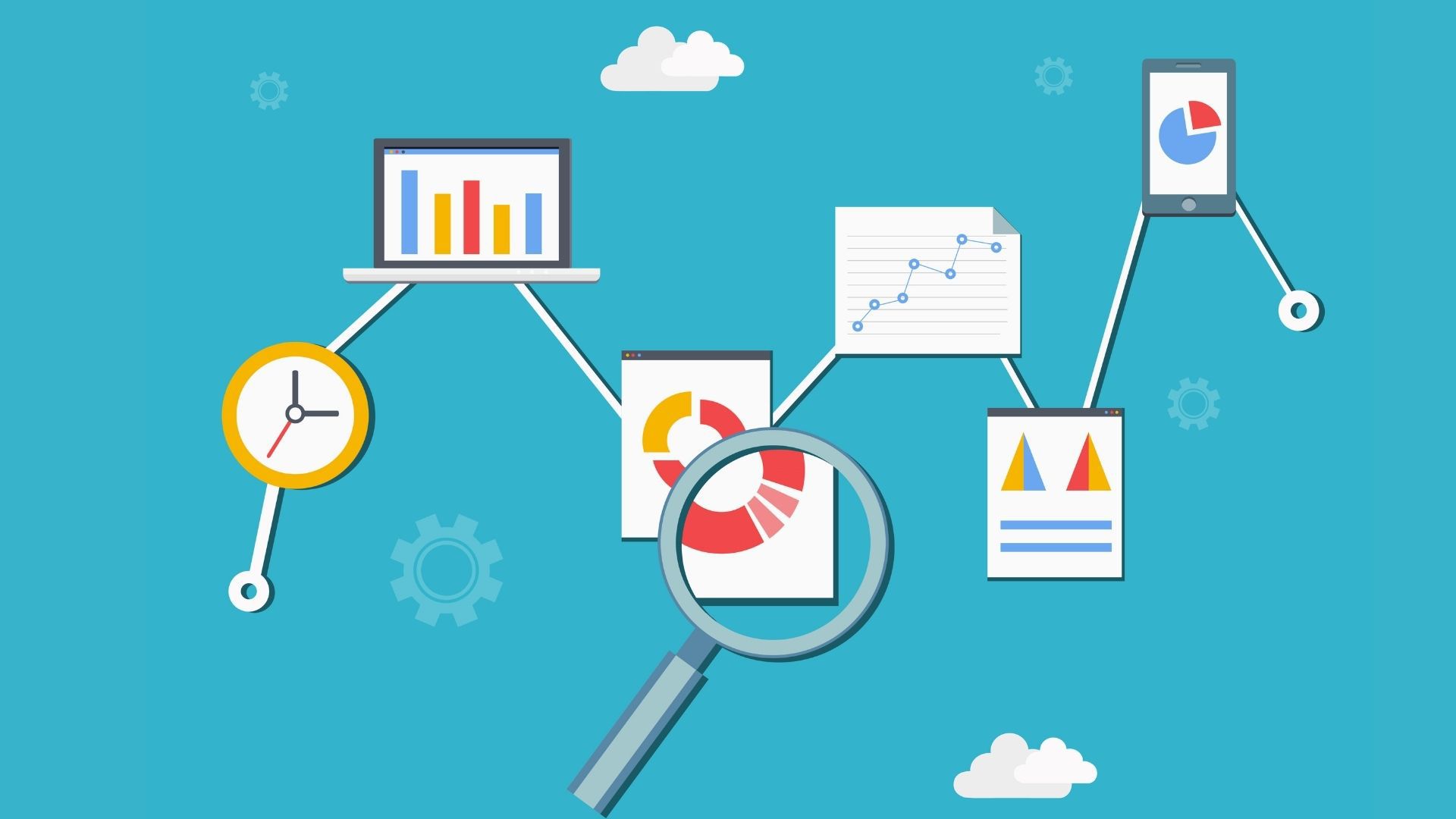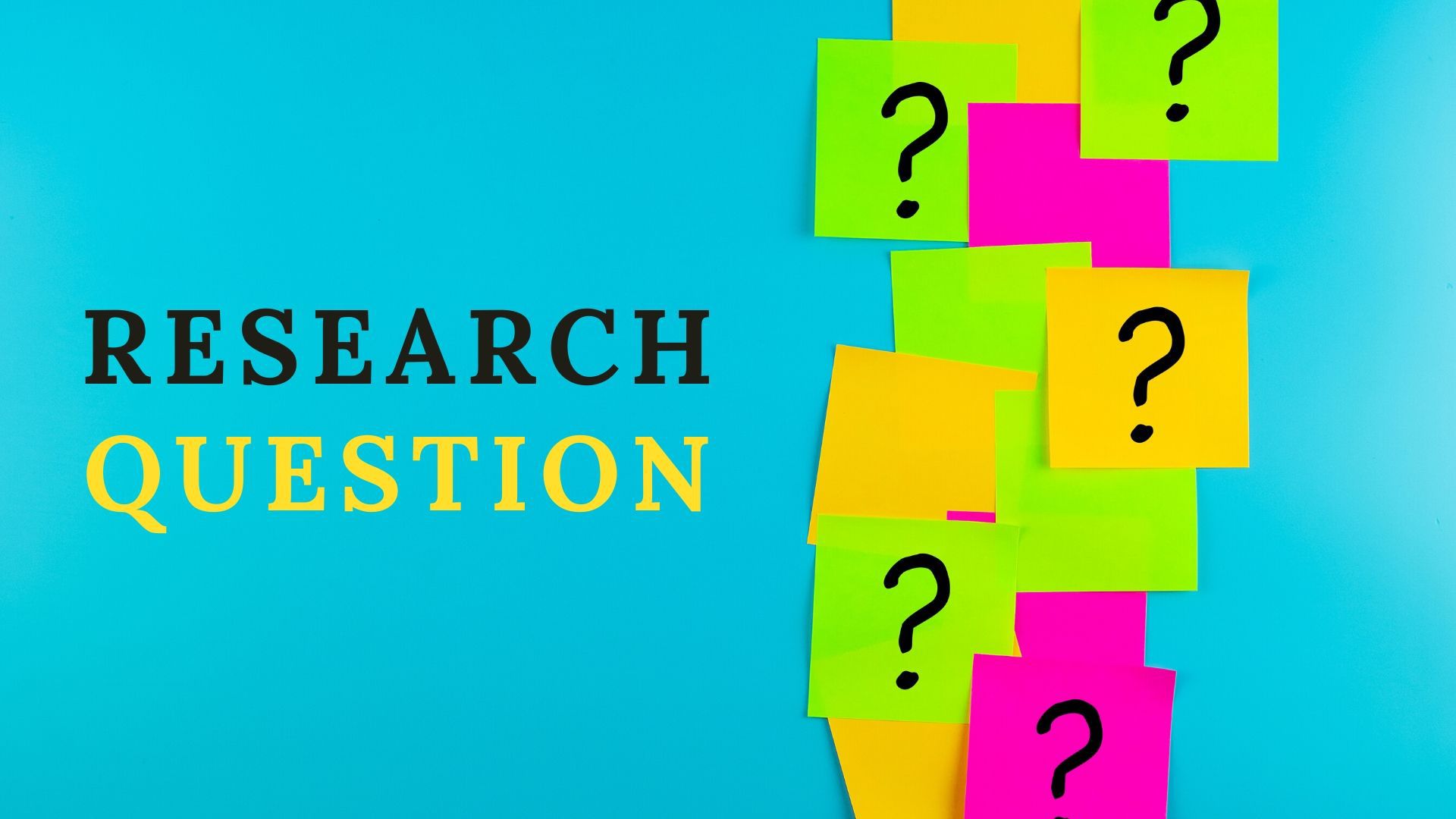
7 Steps To Conduct Research Process | Marketing91
7 Steps To Conduct Research Process
Without the research process, experiments are incomplete.
Researchers implement the research process in their experiments to conclude. It includes identifying, assessing, and analyzing the information obtained from the experiments.
After this, researchers develop and express their ideas about the respective experiment. All steps are also needed in the development of proposals and dissertations.
Every step is dependent on the previous step. All steps are interrelated and are necessary for drawing conclusions or ideas. Researchers work extensively to develop such research results and ideas.
It is a well-known fact that the research process has various steps to follow by the researchers to gain the outcome. The steps included in the research process are manageable and easy to conduct.
Table of Contents
What is the Research Process?
The process that deals with a respective topic for obtaining some conclusive ideas are called the research process.
This is well known for its identifying and analyzing properties. Every researcher includes the research process in their work and experiments.
The research process comprises several steps that are followed to gain the last result. Generally, a research process begins with a broad idea on which the experiment or the process is conducted.
The researcher chooses the topic. Some amount of preliminary research is required before heading to the actual research process. After this, as a researcher, you can develop your research questions to aid your research process.
All scientific research processes are based on scientific grounds. The process here is completely related to facts and figures. However, some research processes are independent of factual data and figures.
7 Steps to Conduct the Research Process
The research process is an extensive process that includes fundamental steps or stages.
All steps are treated as stairs in the process. It is proved that the steps of the research process are interrelated with each other. You cannot jump to the last steps without completing the former ones.
Following are the fundamental steps of the research process that are used widely by the researchers:
1. Identify or choose your topic
The first step here is identifying the topic on which your research work will be based on. Brainstorm the topic as per your needs. The identification of topics is essential in conducting the research process. It should be done with utmost sincerity by the researcher.
If you are looking for any scientific topic for your research, choose the most reliable topic with resemblances in enough amounts. It is said that while identification of the topic, the researcher should consider the topic as a question whose answer he or she seeks during the research process. Treat this step as a quest to obtain something unique and impactful.
This step is necessary for starting a research process or dissertation work.
As a researcher, you have to select a topic for your elite research in the first place. The importance of selecting a research topic is often underestimated, but it is essential in conducting research. Without this, the research work is incomplete.
In some instances, the research topics can also be the problem statements. These problem statements have to be identified in the preliminary stage only. All these things are necessary for starting the requisite research work. You have to identify it and proceed further in your research work.
2. Do some preliminary research about the chosen topic
The second step deals with preliminary research about the topic. You can’t carry on the research process without doing some preliminary investigation of the topic. This step is called the narrowing down of the chosen topic.
Look for top journals while investigating the topic. It helps a lot in your preliminary stage of the research process. Moreover, this step is also good at making you aware of the topic to not face any problem in understanding the topic’s context.
Make sure you take care of the practicalities of the topic. Do not go for the facts and figures which are vague and unclear. Always refer to reliable facts and journals for conducting the research process.
3. Do a literature review of the selected research topic or problem statement
A literature review is the longest stage in the whole process of research work.
After gaining all the insights into the research topic or problem statement, the researcher must do a literature review. This is done before the formulation of the aims and objectives of the research topics or processes.
A literature review is essential because the researcher has to check if the same research problem has been addressed before or not. However, the literature review’s main aim is done for the conduction of research aims and objectives.
In literature reviews, the researcher finds out what’s being asked or what’s already been asked or done in the area by doing some reading. Discussions about the topics are also done under the literature reviews with the advisors to gain additional insights. This helps in formulating better objectives and aims for the research process.
4. Choose or locate your investigation point out of your research topic
After the preliminary research, you have to identify a purpose or investigation point of the topic. Without this, your research work doesn’t look good and doesn’t draw any conclusions. To do so, you have to identify a question out of your chosen topic.
The questions can be of practical context or theoretical context. It can also be a problem on which you have to research for drawing solutions.
Most of the scientific research happens along with the problems. Here, problems are treated as topics for the research process and drawn out for the same solutions.
To create your investigation, point out the chosen research topic. You can develop a problem statement that is regarded as a good research topic or investigation point.
5. Formulation of research questions
The next step deals with the formulation of research questions that are needed for drawing conclusions or ideas. The questions are developed to solve the problem statements of the research topic to find out the solutions. As a researcher, you need to write down the questions in your notebook for conducting the research process.
While formulating the research questions, you have to be extra careful that you only develop strong questions. Please don’t create any unclear research questions as they are not good for your research process. Simultaneously, the questions should be complex enough to make the process analyzable and accessible as per the problem statement of the topic.
This step is also helpful in formulating the framework of your research process. It also develops concepts about the topic very efficiently.
Following are the ways through which research questions can be formulated in the whole research process:
Questions are ways to solve problems in the research process. These questions should be formulated for better guidance and good proceedings of the research process. A good research question should be understandable to others and respondents. Keep in mind the following points that lead to an excellent research question:
1. Be clear
It must be understandable to the researcher as well as the various respondents of the research process.
2. Be researchable about the questions
The questions should be capable of developing a research process. Every question should be concise enough to maintain the research aptitude of the respondents. It helps in transforming into a manageable research design, which helps in collecting data related to it.
3. Connect with established theory and research about your research topic
The literature review should be done before establishing the research questions. There should be literature on which the researcher can draw questions that illuminate how your research question(s) should be formulated or approached.
4. Be neither too broad nor too narrow when it comes to set questions.
When it comes to setting the research process questions, the researchers should be emphasizing their questions on a not too wide-scale or narrower scale. Maintain the integrity for research in such questions. Don’t make vague questions for your research process.
6. The creation of research designs
Research design is called the basic framework, which has all questions that are created to get practical answers. The research design comprises all types of decision-making tools with different data requirements for the research topic.
This step is one of the vital steps in the whole research process. It carries the actual implementation of the research process around the respective research topic.
The research design is defined as a practical framework for answering the formulated research questions. It involves making decisions about the need for data and their types.
The methods for data collection are all decided in this stage. To collect and analyze relevant data results, your research’s location and time scale are also important. The research design is an essential element of the research process.
There are often many possible paths through which a researcher can take to answering the research questions. A researcher’s decisions will partly be based on their priorities and partly on the research aura.
Under the research design step, the researcher has to decide whether they will use the primary or secondary data collection methods for research. The researchers also focus on the qualitative or quantitative methods of data collection in the research process.
Moreover, the researchers also need to determine the specific tools and procedures required for data collection. These tools and procedures are used for analyzing the research outcomes. By what ways a data analysis should be done is all decided in the research design step.
In short research, the design is the method through which the researcher can determine their data collection methods and analysis methods. This is all done in the research process that remains crucial.
Under this step, you have to conduct actual research using all types of data: primary, secondary, qualitative, quantitative, etc.
7. Writing the final report or research proposal
After completing all steps, you have to write your outcome as the final report or research proposal.
As a researcher, you have to also show the research outline in your report. The resemblances and several other things should also be presented in the last report.
In simple words, the final report’s creation results from all the above steps present in the research process.
Conclusion
The research process is an excellent approach to get a conclusion on the respective research topic.
The researchers start their research process by following all the steps in an orderly fashion. They do so to get a practical conclusion out of their research topic.
The steps help obtain good results as an outcome of the research process.







